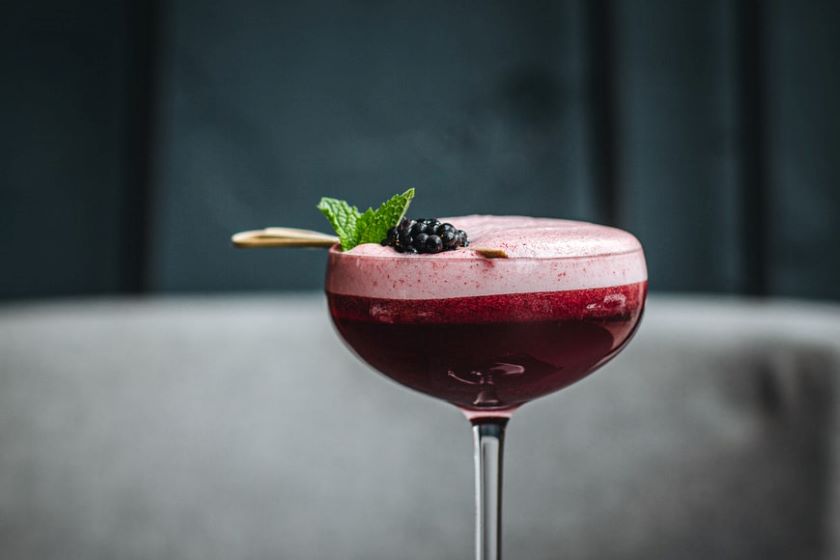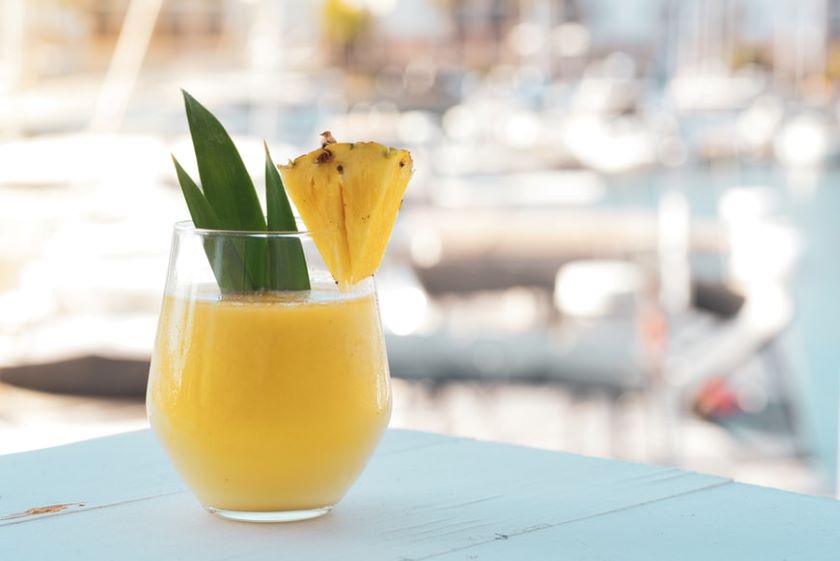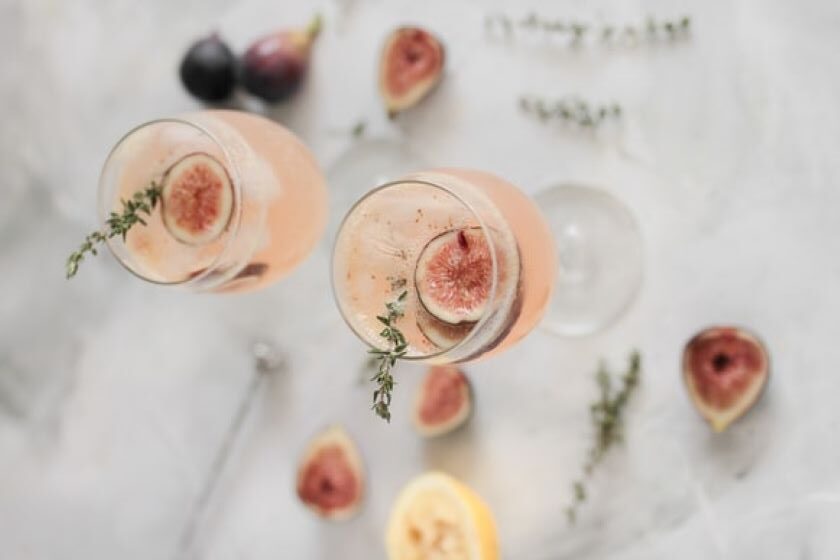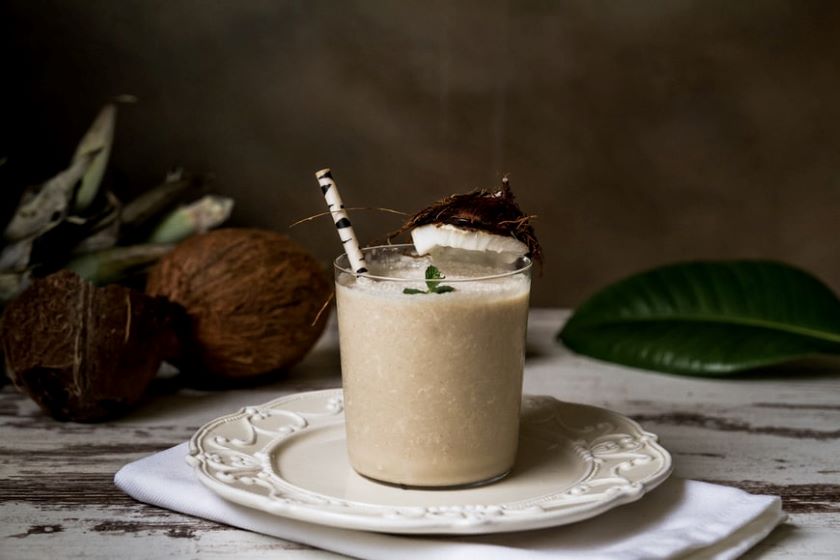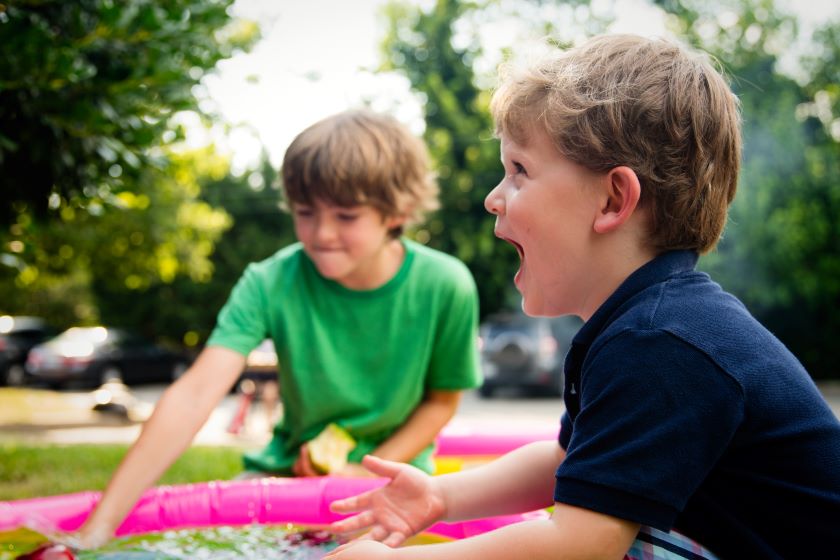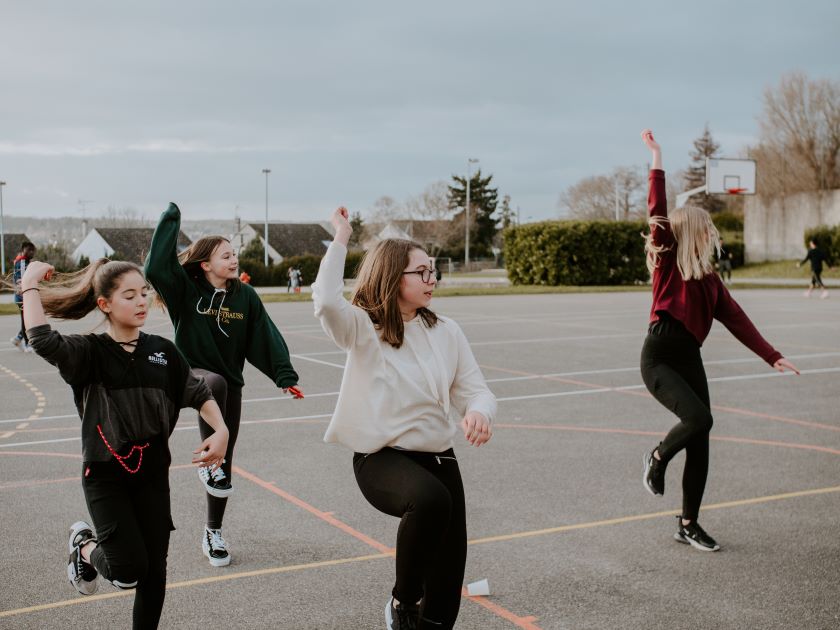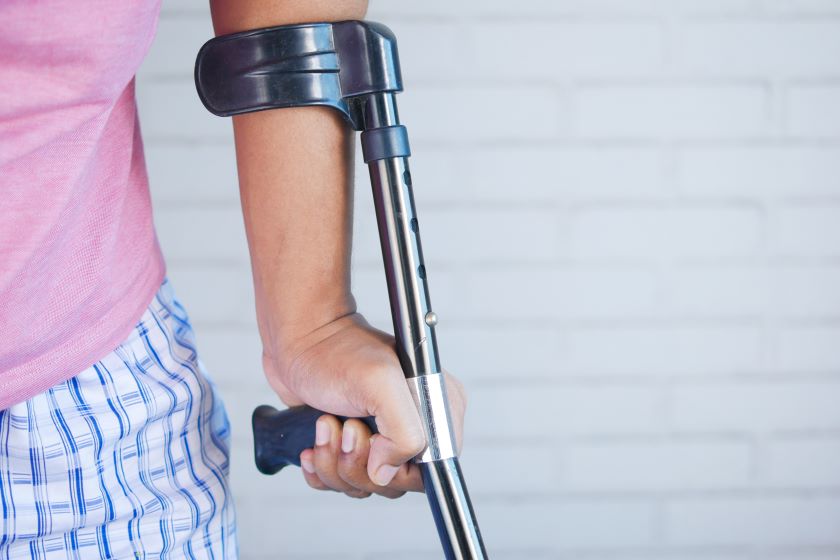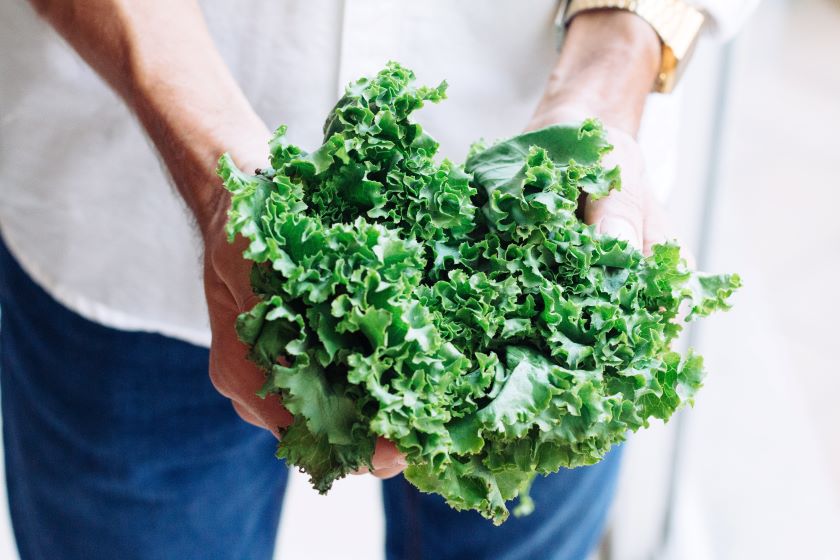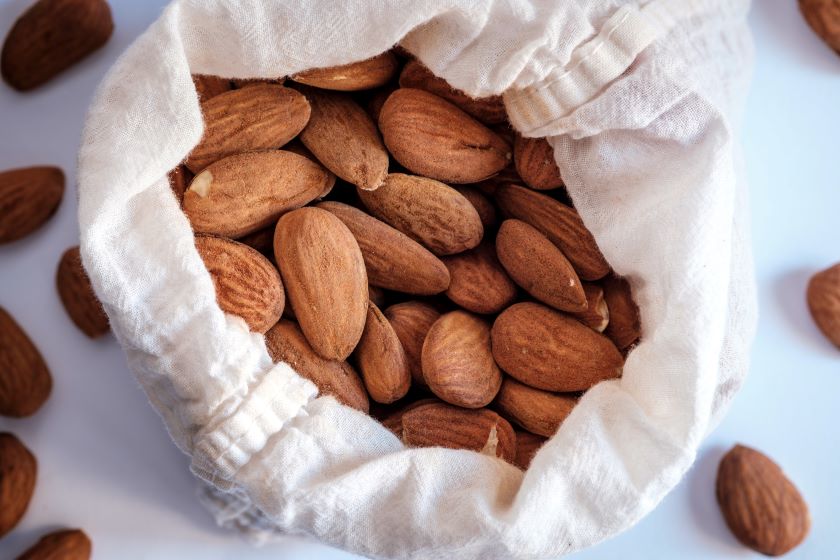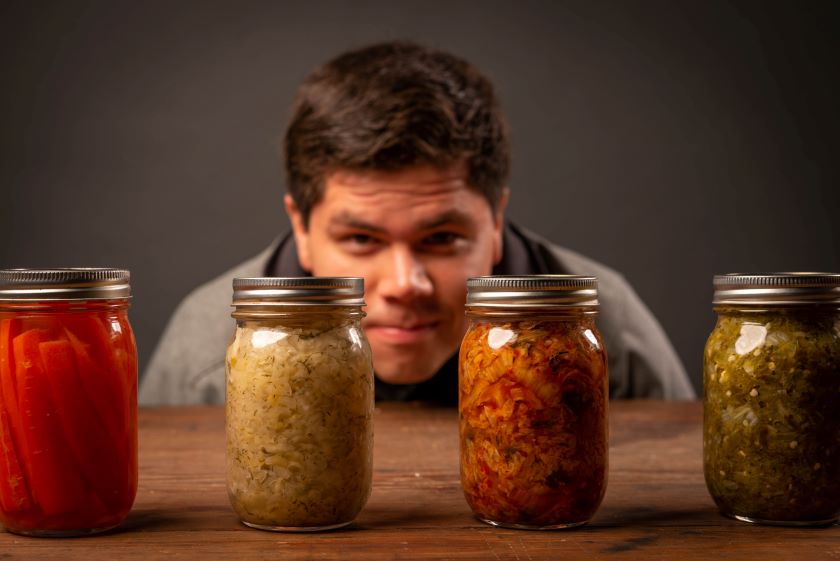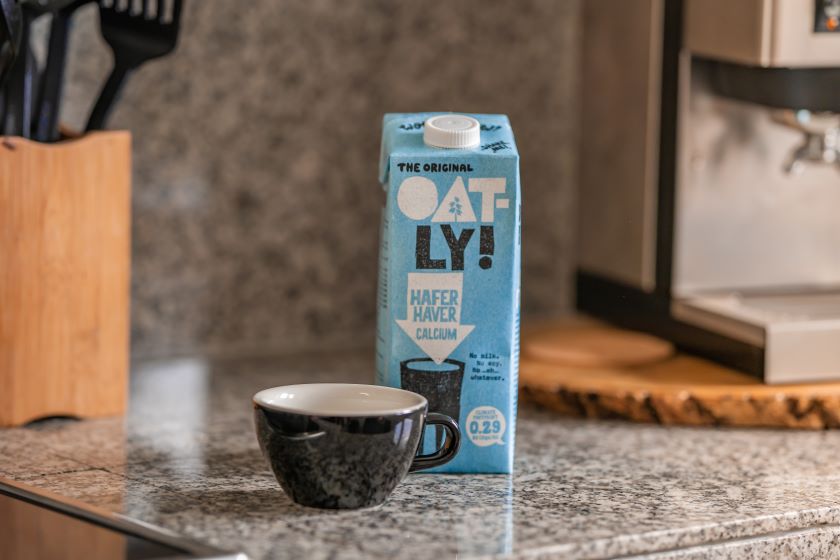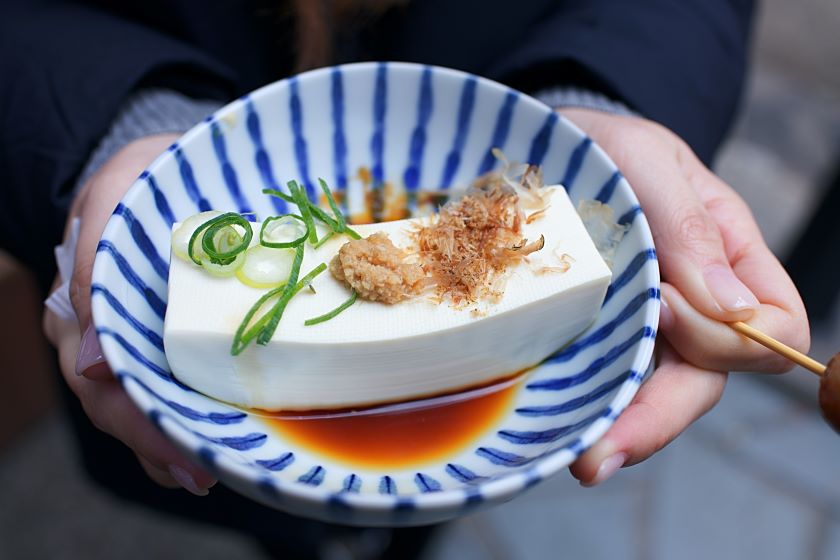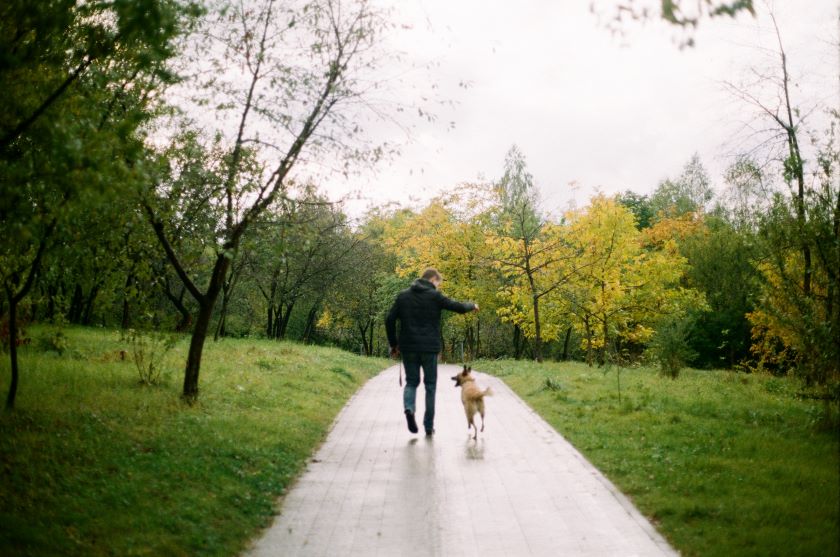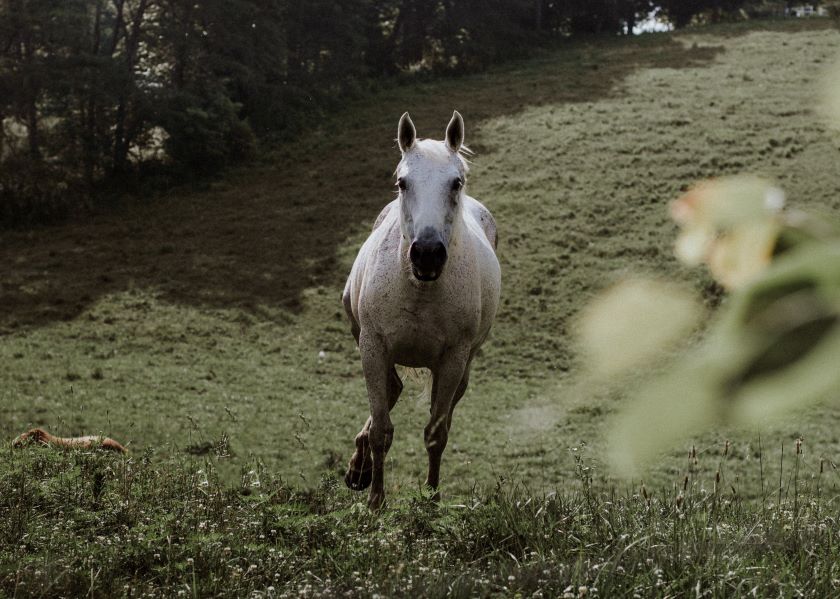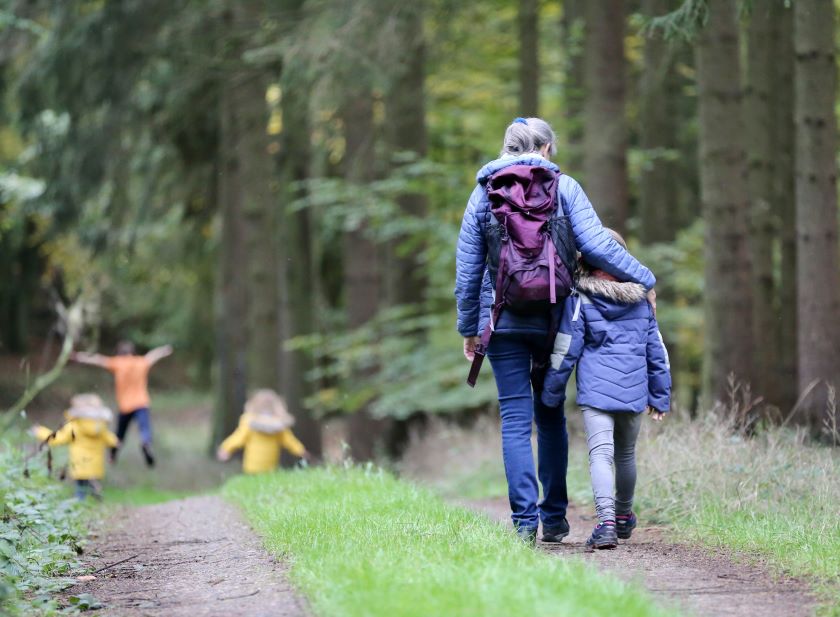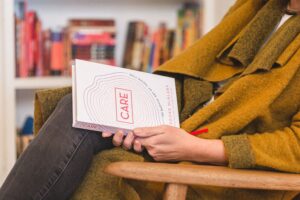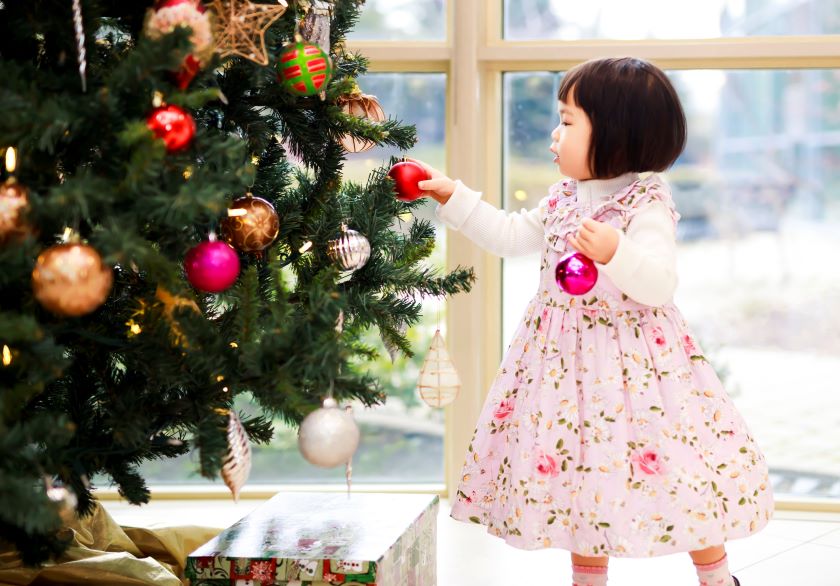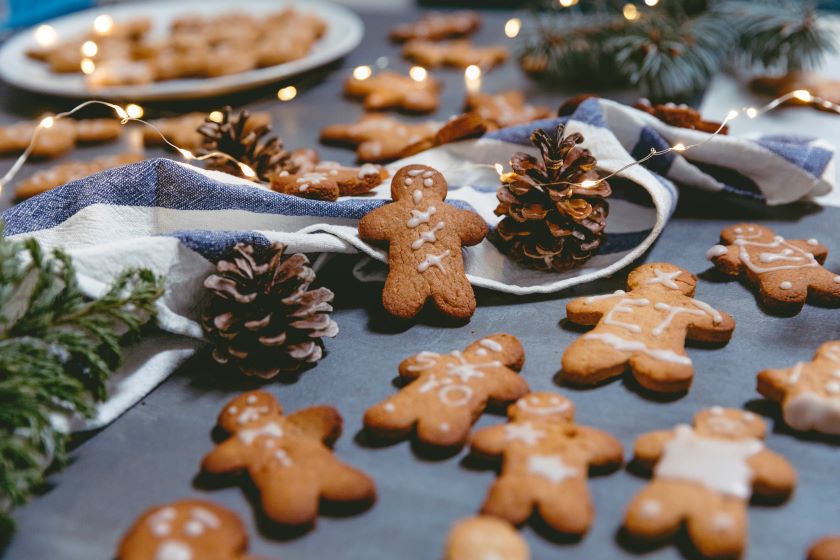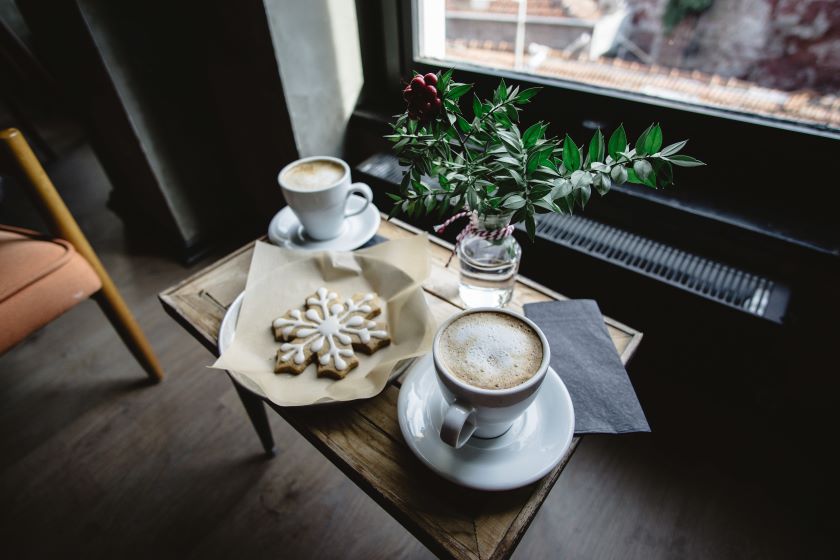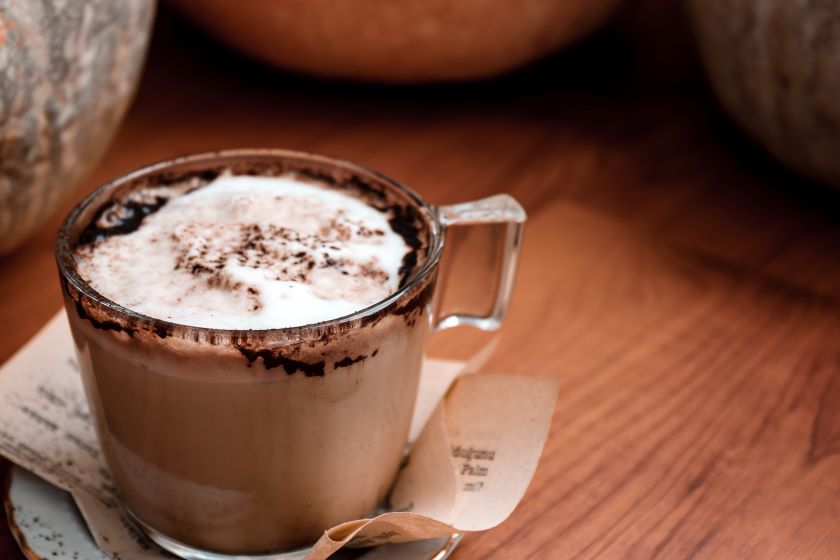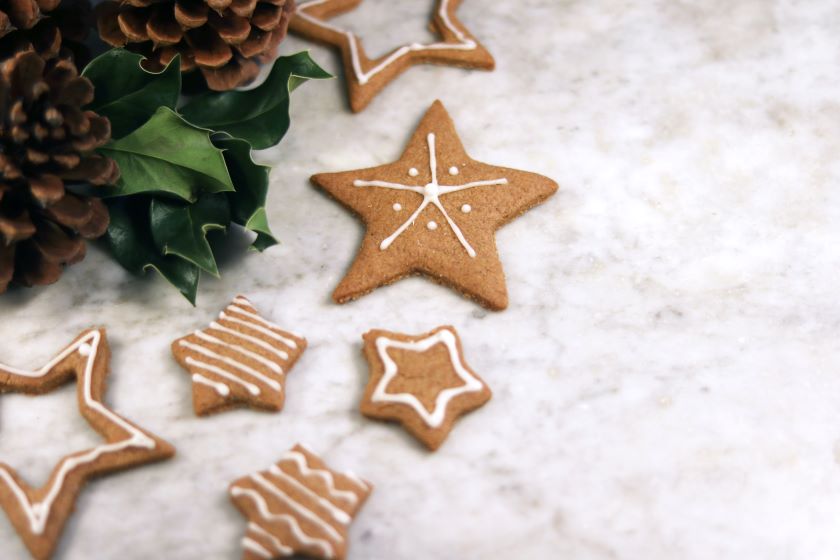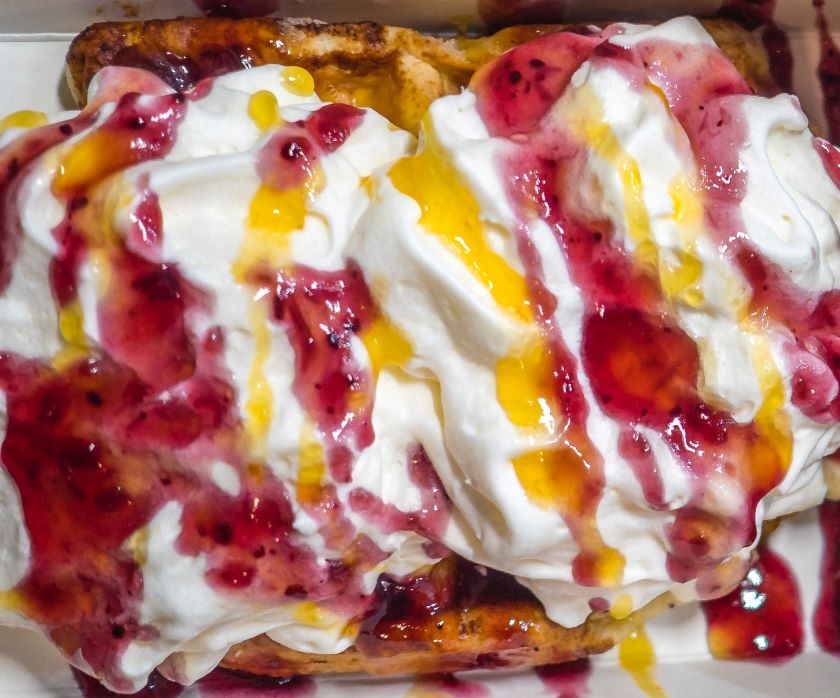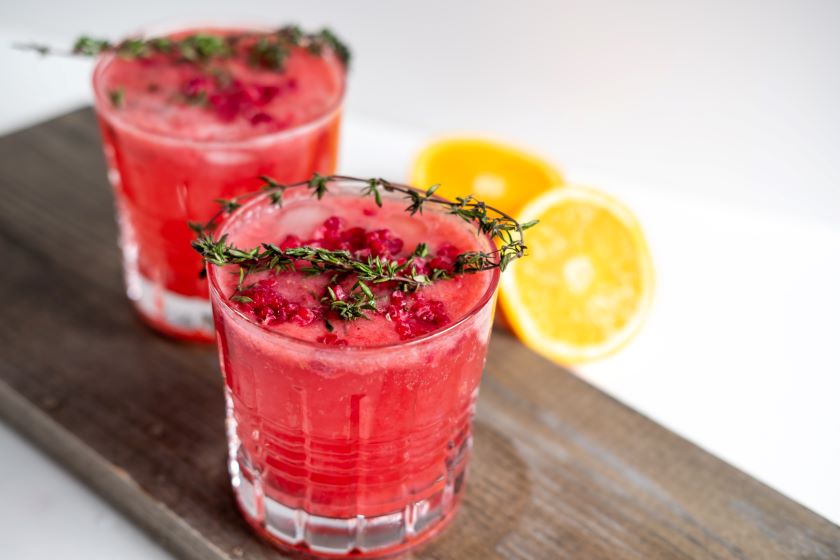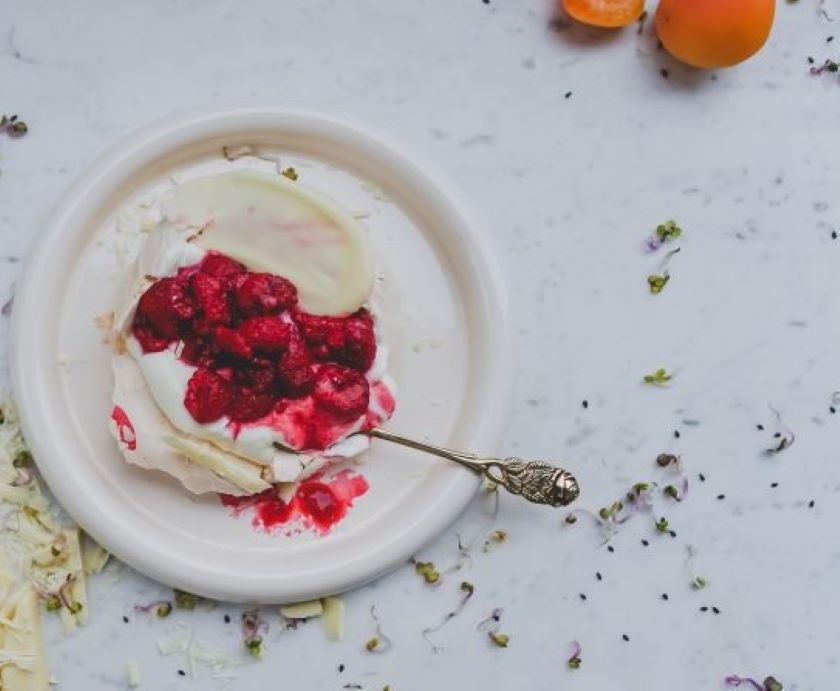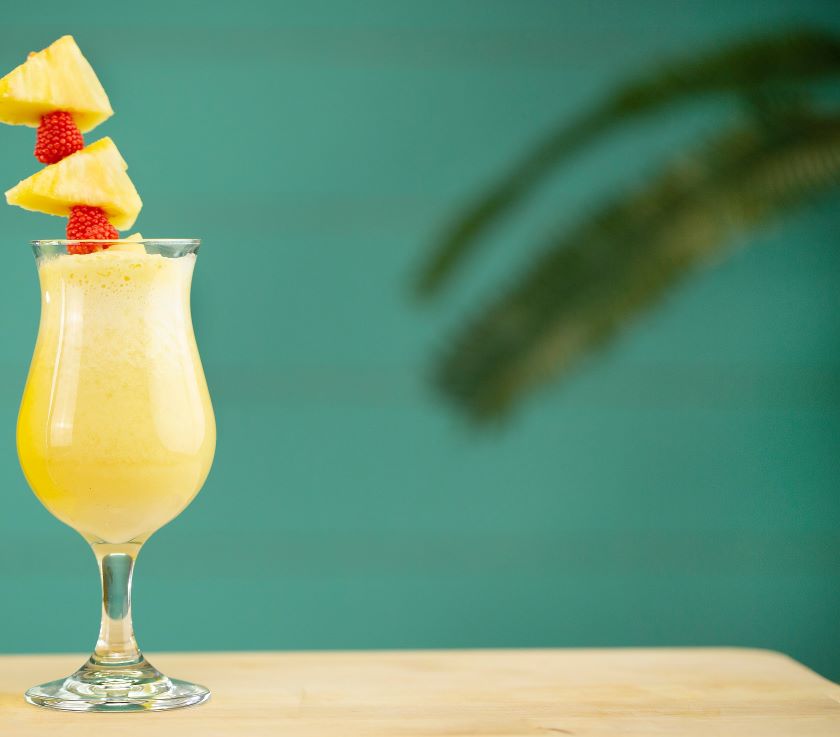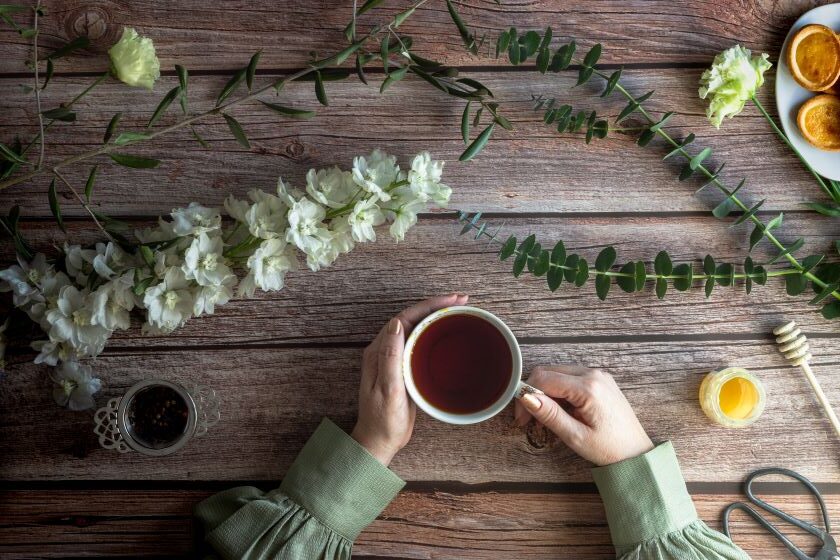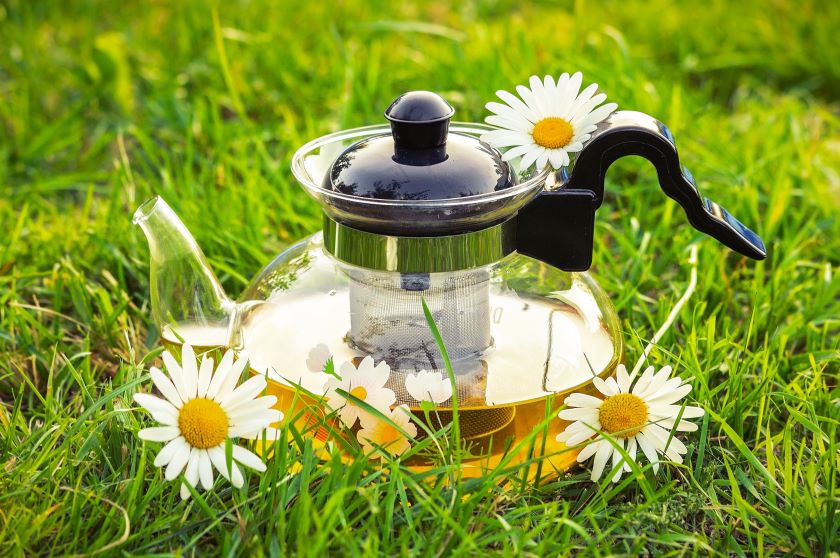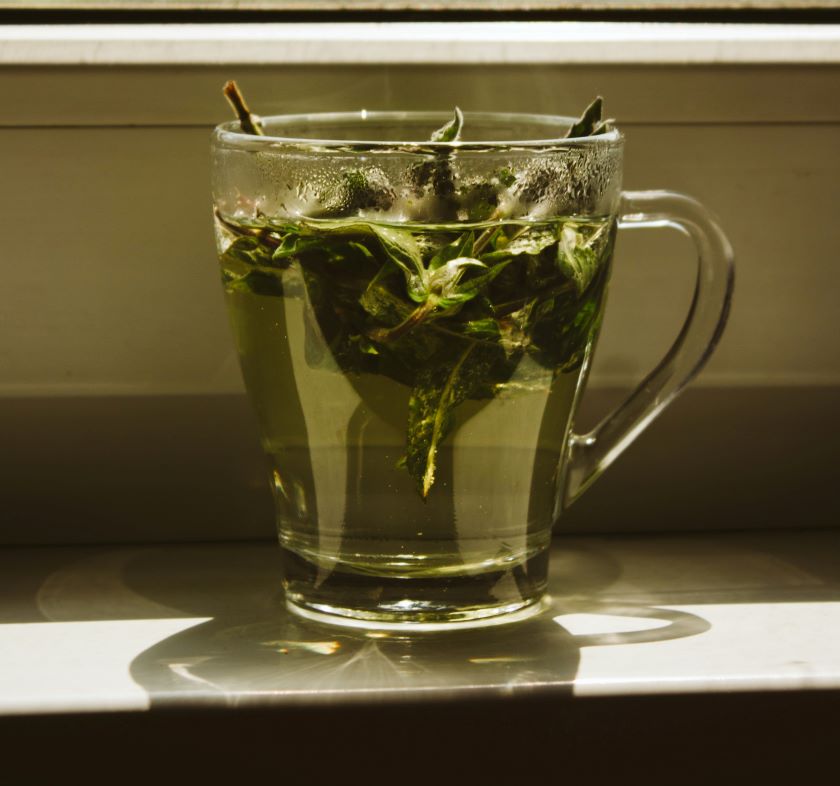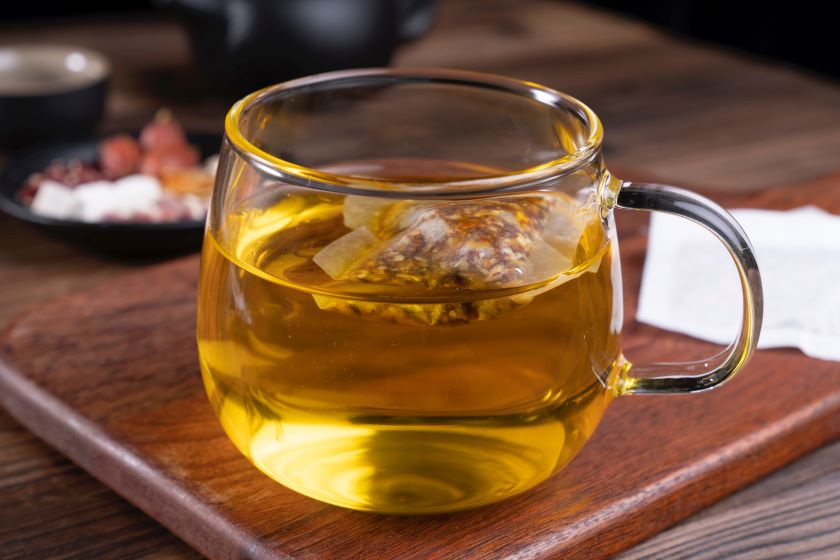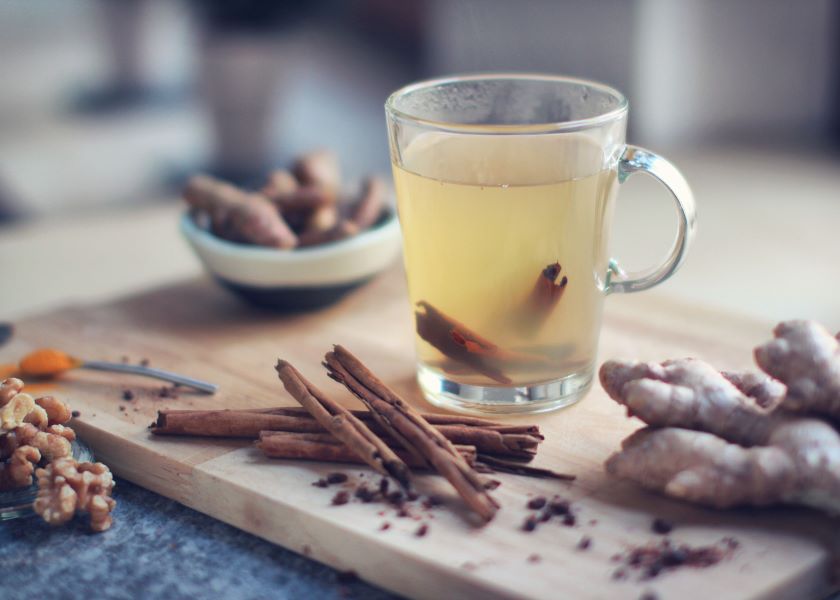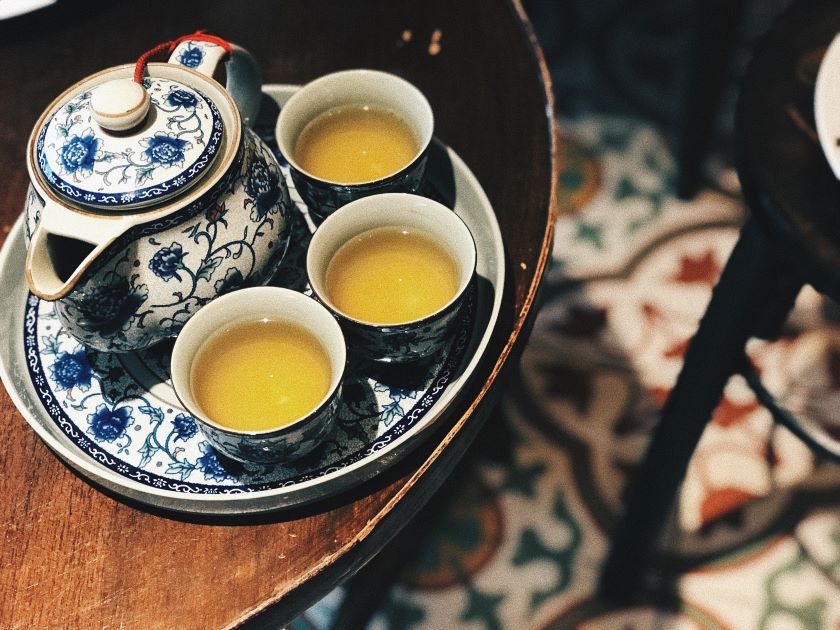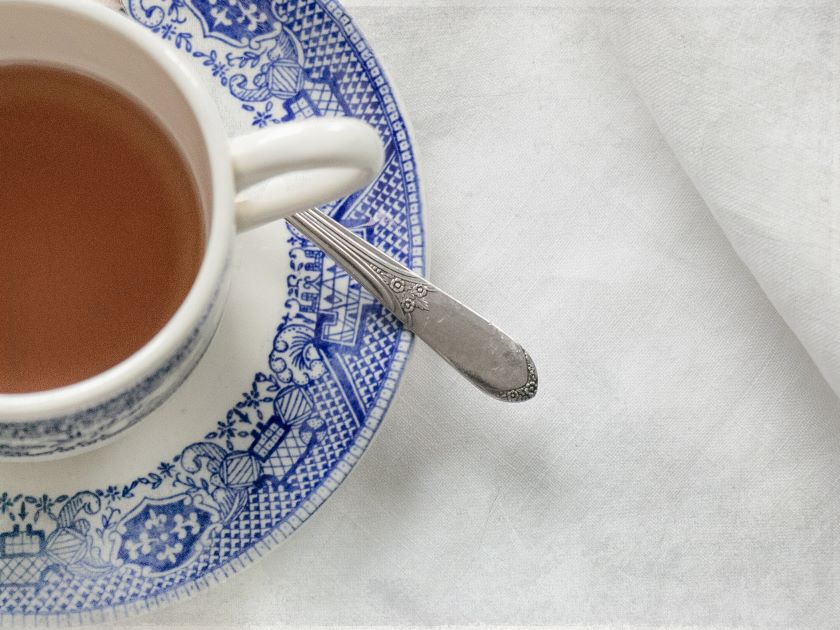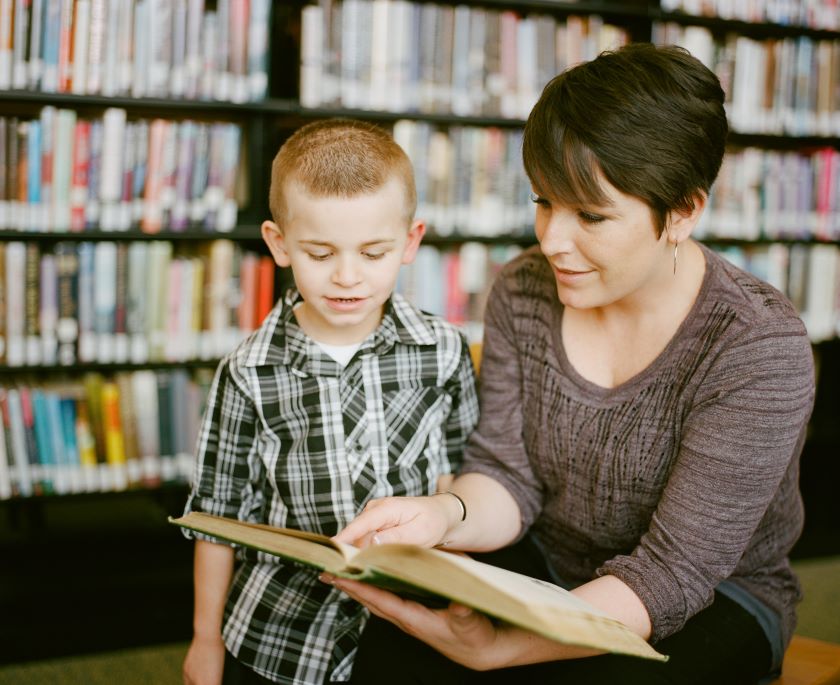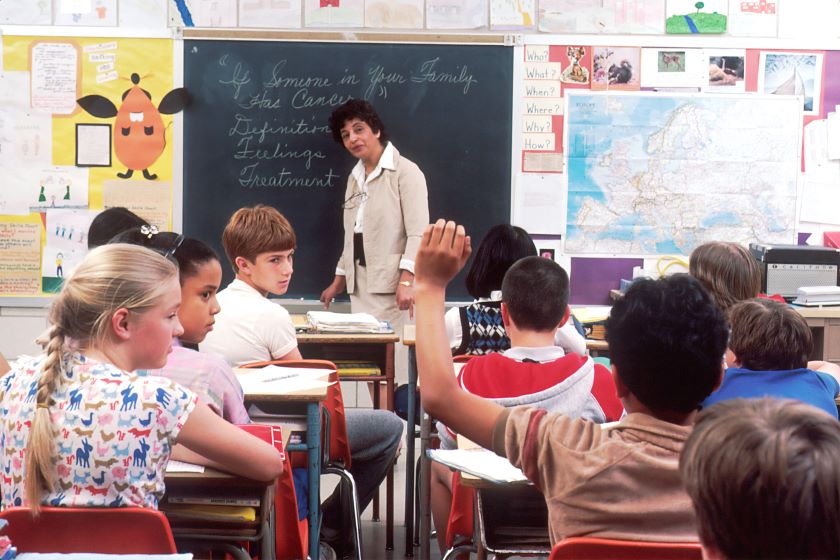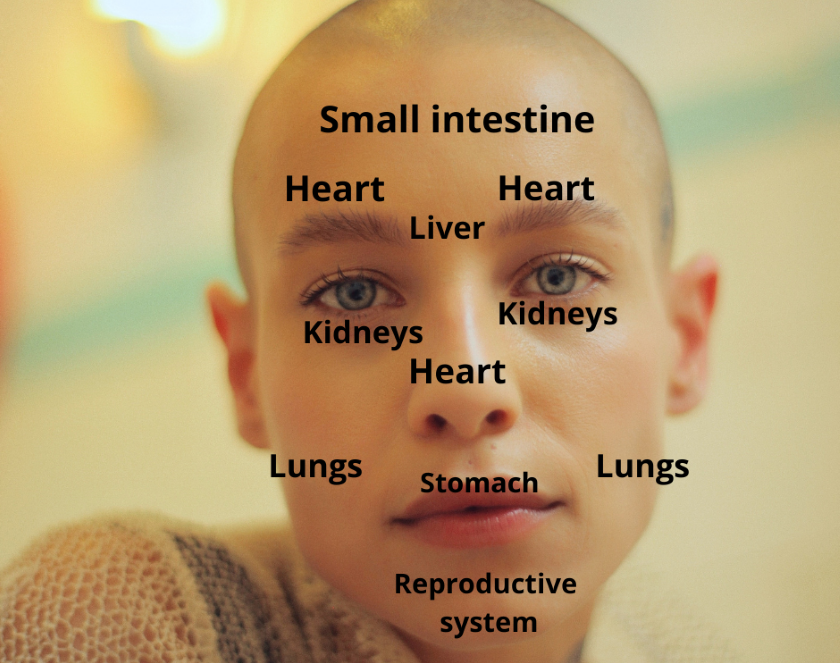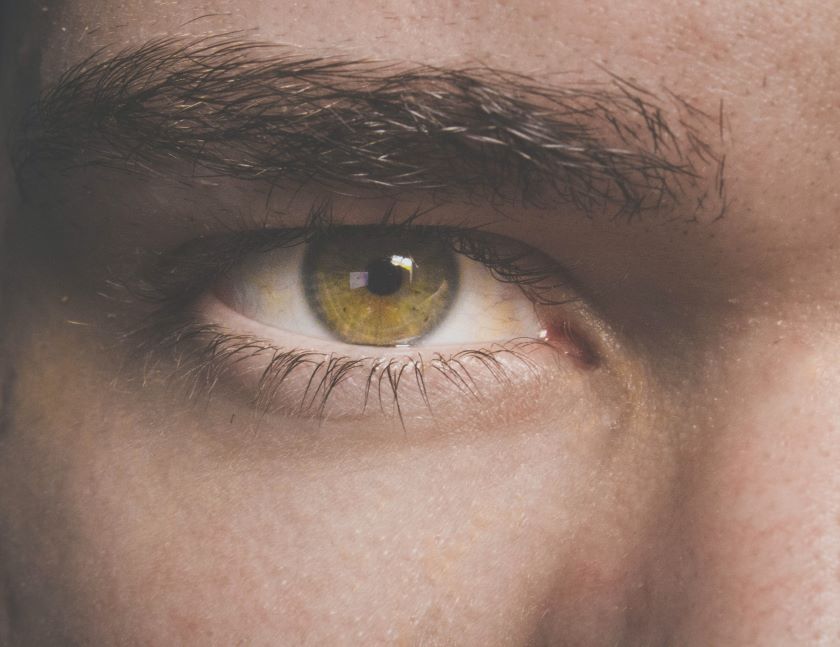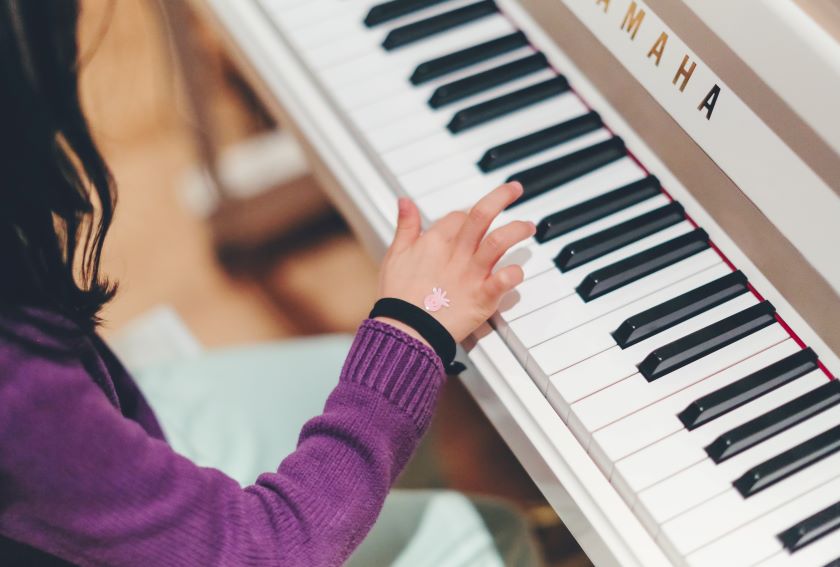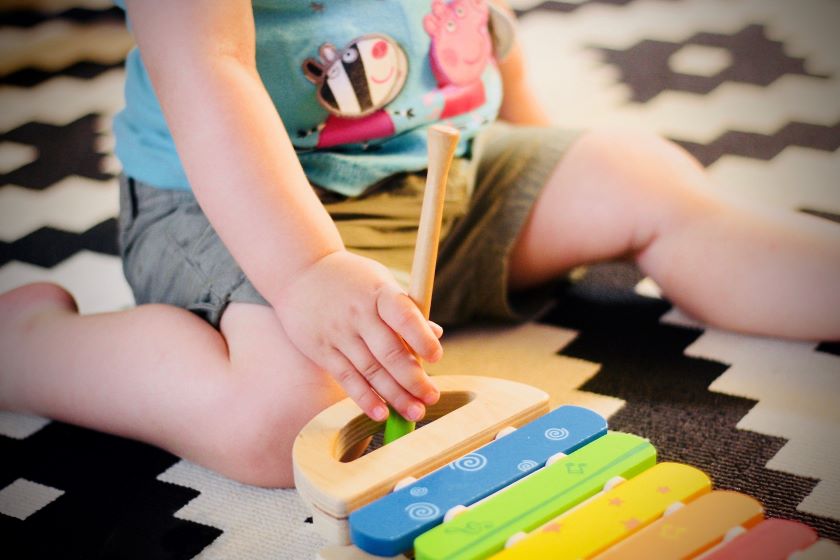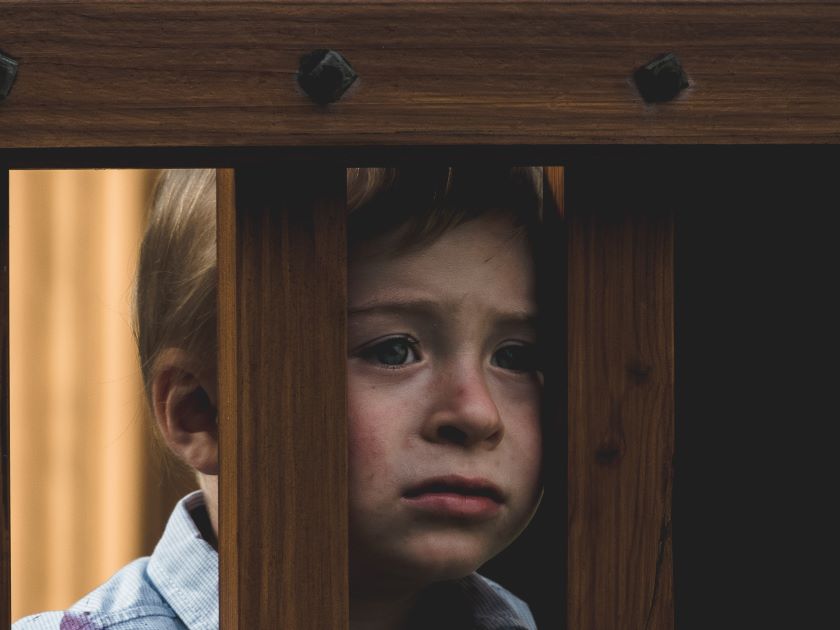With the movement of the planet, Mercury, out of retrograde, February poses the perfect chance to realign your goals and set plans into motion.
While moving into February, the Liminal stage – the period of seasonal transition– offers a time for major growth and change for a lot of astrological signs. It’s a time for progression, new starts and breaking away from old habits. How you respond will set the tone for the rest of the year.
Have a look at the career, health and relationship predictions for your sign below.

Aries
February offers the potential to ease financial struggles for Aries. This is a time where you can set yourself onto the right path for your career goals. But be careful. You may have been struggling financially in recent times and it’s essential to put some focus into steering those issues in the right direction – and it is possible with some effort.
But that doesn’t mean you should neglect other areas of your life. This month may involve health issues for this sign, possibly due to stress. Take extra care to manage symptoms before they progress. When it comes to relationships, this is the time to renew old bonds and possibly welcome a new romantic relationship – but only if you’re open to it.
Taurus
For Taureans, February may be a shaky period when it comes to health. It will be important to be vigilant around existing issues and treat any symptoms with caution.
This is a time for coming to mutual agreements in your relationships. It’s important to find a way to negotiate and compromise with others so you can both progress in the relationship. You’ll find the opportunity arises to let go of stubborn tendencies which may stand in the way of growth.

Gemini
Things are looking up for Geminis in February, but it’s important not to get bogged down about worries or stresses that are out of your control. Make the most of this time as it is set to be in your favour. Health issues won’t be a major issue, nor will relationship problems cause disruptions.
Take this chance to reflect on yourself and keep progressing towards your goals. Be mindful that your actions are aligned with your morals and values.
Cancer
February is a significant time for change, especially so for Cancer. It’s a month to get your career on track and reflect on where you’d like to be. Start making steps towards those goals. Even if you’ve made mistakes in the past, this is the time to turn them around.
You can also take this chance to improve on relationships and your health. It’s a time for new beginnings and letting go of negative tendencies that have held you back.

Leo
This month will see your hard work paying off. When it comes to career, you may finally get that pay rise or promotion you’ve been working towards. It’s important to keep putting in effort throughout the month in order to reap the rewards.
When it comes to relationships, you may experience conflict with a partner or friend. But there is also a chance for resolution if you reflect upon the situation and work with your partner, then February could be the perfect time to solidify relationships and resolve tensions.
Virgo
February is a month of opportunities for Virgos. This will include the career, health and relationship stages, as such, it’s important to remain open to these new possibilities.
It’s a time with minimal health issues and all around a very prosperous and hurdle-free time for Virgos, so enjoy this month – and make the most of it.
Libra
Librans should look out for the latter part of February. This is when some massive changes will take place – for the better. When it comes to emotional health, it’s essential not to neglect your needs. This month is a chance to put those self-neglecting behaviours behind you and make progress in prioritising your health. You may have neglected it in recent times, so let this month be a time to put your health back into the spotlight

Scorpio
February is a good time for family relationships for Scorpios. You may find family members are particularly proud of your efforts and take notice of your achievements.
When it comes to career, this month will be a good time to further your skills and education to set up a solid path for the future. If you have any learning interests or education goals, now is the time to make it happen.
Sagittarius
The members of this star sign will have an exceptionally lucky month when it comes to romantic relationships. It’s a good time to take a chance and enjoy the prosperous results.
Health may be on the rocks for Sagittarians this month, so it’s important to keep an eye out for any issues. Luckily, the health problems aren’t likely to be long term and will most likely sort themselves out.

Capricorn
February is a month of powerful progress for Capricorn. The end of the month offers a climactic period of change when it comes to relationships and career. Enjoy an opportunity to finally get results for your efforts.
It’s important to have open communication with the people in your life so that this area of your life will have positive transformations. Your relationships will be more genuine, authentic and honest. It’s a good time to let go of people who are controlling or manipulative.
Aquarius
Aquarians will find February to be a transformative month. It’s an important time to break old habits and to take a moment of reflection. When it comes to career and health opportunities, this month will be the best chance to open a new door and release any self-destructive behaviours you’ve been holding onto.
In the early days of the month, you may struggle with uncomfortable feelings and old problems. But if you self-reflect, it’s the perfect time to realise what needs to change in your life so you can get unstuck. The latter part of the month is where you’ll start to see the real change happening.
When it comes to relationships, you’ll meet new people and it will give you a chance to begin building new bonds. You may lose some of your relationships, but with this you’ll also be opened up to these new people. It’s okay to let go of unfulfilling relationships this month.
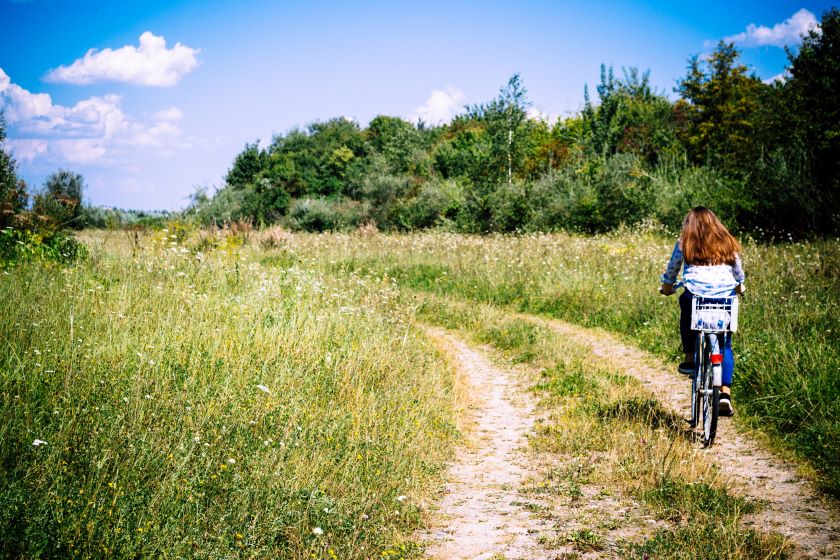
Pisces
This month may pose some difficulties for Pisces, especially when it comes to relationships. Family relations may particularly be rocky, but with some careful introspection and communication, it can be addressed. It’s important to make room forgiveness and to let go of grudges for the sake of your mental and emotional health.
It’s not the best time to be making any educational changes and time would be better focused on lifting your spirits. Take up some activities that you enjoy and that bring you peace and happiness.





